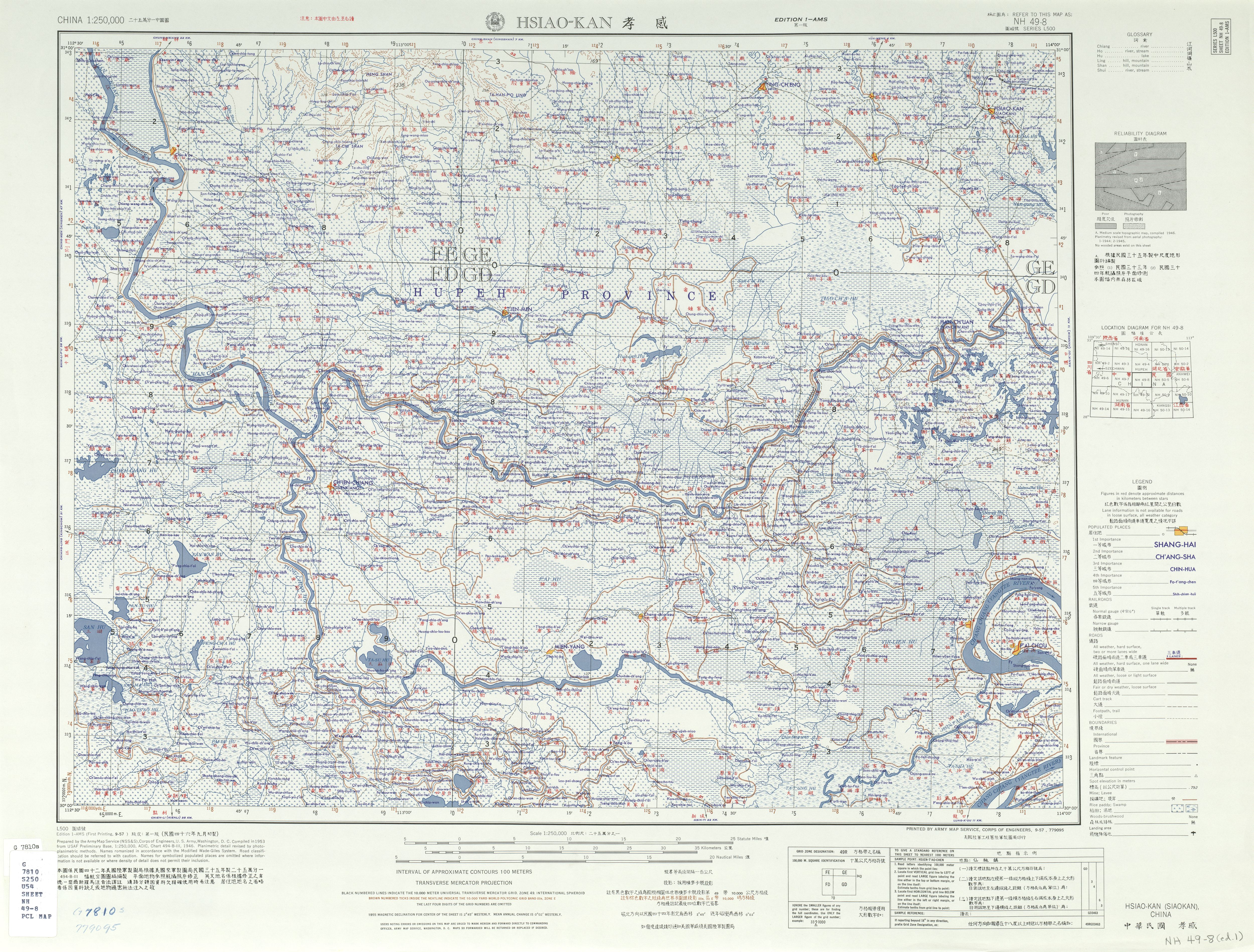Tianmen on:
[Wikipedia]
[Google]
[Amazon]
Tianmen () is a

sub-prefecture-level city
A sub-prefectural municipality (), sub-prefectural city, or vice-prefectural municipality, is an unofficial designation for a type of administrative division of China. A sub-prefectural city is officially considered to be a county-level city, b ...
(sometimes considered a county-level city
A county-level municipality (), county-level city or county city, formerly known as prefecture-controlled city (1949–1970: ; 1970–1983: ), is a county-level administrative division of the People's Republic of China. County-level ...
) in central Hubei
Hubei (; ; alternately Hupeh) is a landlocked province of the People's Republic of China, and is part of the Central China region. The name of the province means "north of the lake", referring to its position north of Dongting Lake. The p ...
Province, China.
It is on the Jianghan Plain, on the west side of Wuhan
Wuhan (, ; ; ) is the capital of Hubei Province in the People's Republic of China. It is the largest city in Hubei and the most populous city in Central China, with a population of over eleven million, the ninth-most populous Chinese city a ...
(the biggest city of Central China
Central China () is a geographical and a loosely defined cultural region that includes the provinces of Henan, Hubei and Hunan. Jiangxi is sometimes also regarded to be part of this region. Central China is now officially part of South Cent ...
, as well as the capital of Hubei) and the east of Jingzhou (a famous city in Chinese history
The earliest known written records of the history of China date from as early as 1250 BC, from the Shang dynasty (c. 1600–1046 BC), during the reign of king Wu Ding. Ancient historical texts such as the ''Book of Documents'' (early chapter ...
). Formerly known as Jingling (), it was renamed to Tianmen in 1726 during the Qing dynasty
The Qing dynasty ( ), officially the Great Qing,, was a Manchu-led imperial dynasty of China and the last orthodox dynasty in Chinese history. It emerged from the Later Jin dynasty founded by the Jianzhou Jurchens, a Tungusic-speak ...
. The name comes from the Sky Gate Mountains (meaning “tianmen” in Chinese) which lie northwest of the city.http://www.tianmen.gov.cn/
It is the hometown of Lu Yu, the writer of ''The Classic of Tea
''The Classic of Tea'' or ''Tea Classic'' () is the first known monograph on tea in the world, by Chinese writer Lu Yu between 760 CE and 762 CE, during the Tang dynasty. Lu Yu's original manuscript is lost; the earliest editions available date ...
'', who is respected as "the Sage of Tea" for his contribution to the tea culture. Tianmen has the largest population among the same-level cities in Central China. It was honoured "National Civilized City" by Chinese government in 2014.
Ancient history
Prehistoric ancient settlements in the Tianmen area existed at least 7,000 to 8,000 years ago as evidenced by Shijiahe neolithic tribal ruins which include recent discoveries of stone (jade) devices, pottery, bone, mussels, as well as bronze articles and other artifacts, such as those in the original Tao Zu patrilineal cultural heritage period.Geography

Administrative divisions
Tianmen administers:Climate
Transportation
* Tianmen South Railway Station and Xiantao West Railway Station on the Wuhan–Yichang Railway.References
Cities in Hubei Wuhan urban agglomeration Jianghan Plain County-level divisions of Hubei {{Hubei-geo-stub